Tree walks in Chennai: The people building urban forests in India
By growing native trees in Chennai, volunteers help push back against water shortages and the loss of green spaces.
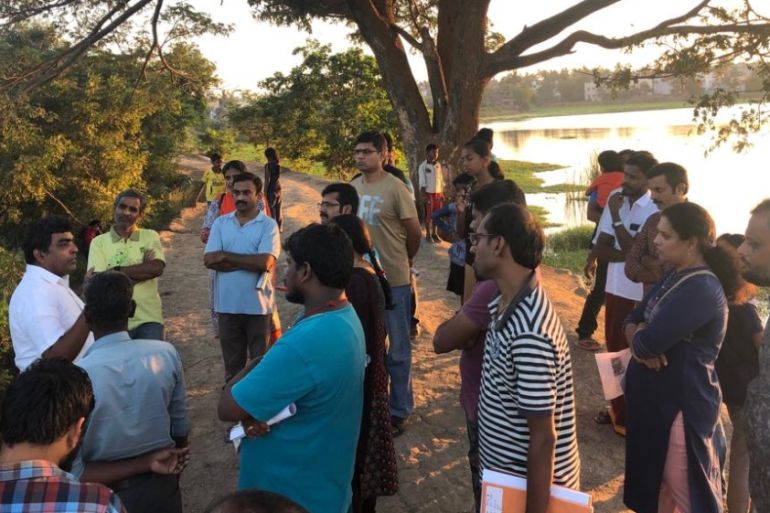
Chennai, India – On a cool Sunday morning, a month before the coronavirus lockdown, I join a group of about two dozen people gathered at the entrance to a small lane, as we embark on a tree walk.
The three-kilometre stretch, which runs through a neighbourhood of bungalows, is an urban oasis. Around it, two main roads are lined with apartment buildings, eateries and busy commercial establishments. Sporadically, a tree manages to push through the tiled pavement, but they are few and far between.
Keep reading
list of 4 itemsAfter the Hurricane
World’s coral reefs face global bleaching crisis
Why is Germany maintaining economic ties with China?
In contrast, the bungalows in the lane are surrounded by lush greenery, the trees creating a cool forest canopy in the middle of an urban landscape.
Meandering through, we stop on occasion to identify tree species with the help of Latha Nathan and Rajani Arjun, volunteers from Nizhal, a local “tree NGO” that hosts these walks. We learn that the tree with thin, long bean-like seed pods joined at one end is an ivory wood – the leaves of which are a source of indigo, while its pale wood is used to make the famed Chennapatna toys; the Indian bullet tree, which has a deeply fissured bark, bears the fragrant bakul flowers; the sea hibiscus has heart-shaped leaves and yellow flowers; and the Indian mulberry is a source of dyes in shades of red, chocolate and maroon.
In coastal Chennai, the weather is usually hot and humid, except during the September to December monsoon season, which heralds a cooler climate. The rains bolster critical water sources, but if there is a deficient monsoon season, reservoirs can run dry causing the city’s water supply to dip. Residents then rely heavily on groundwater, which is not always potable, forcing them to buy drinking water. Excessive withdrawal of groundwater has, meanwhile, also led to the lowering of the water table in the city and nearby areas.
To make matters worse, Chennai has witnessed extreme weather conditions in recent years – floods in 2015, a cyclone that felled more than 100,000 trees in 2016, weak monsoons and drought in successive years thereafter.
With the water shortages and extensive loss of greenery, more attention has been placed on the role of trees in ensuring good rains, restoring water tables and replenishing reservoirs. There has been more focus on programmes to increase green spaces in the city both at an individual and community level.
Nizhal, which formed 15 years ago, has been one of the early voices trying to create awareness about the link between trees and weather. The NGO is now involved in “sensitive greening” – or planting location-specific trees, especially indigenous ones that are becoming endangered – in Chennai and other urban areas nearby.
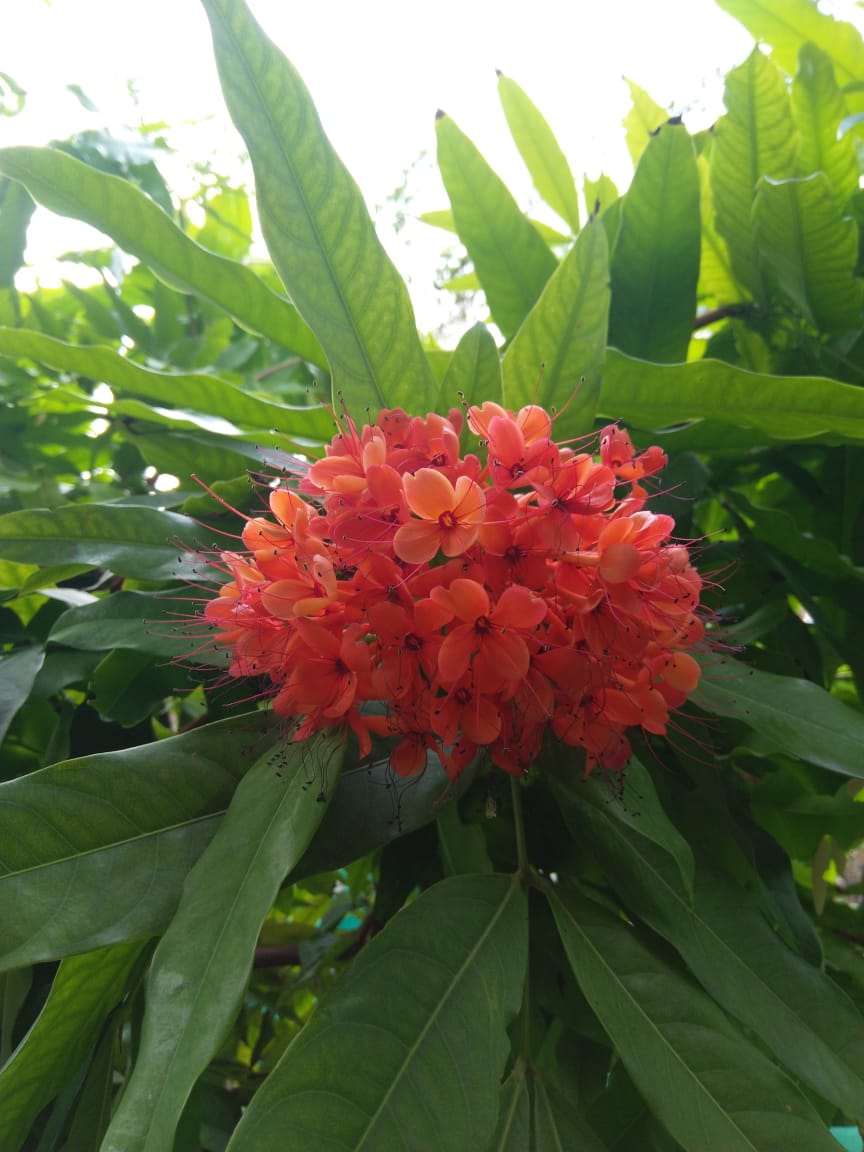
Community efforts
Nizhal’s focus is on indigenous trees because they tend to fare better than foreign ones, volunteers Nathan and Arjun explain. While gulmohar trees – with their orange-red flowers – paint a pretty picture alongside roads, and the delicate pink flowers of the rain tree add an ephemeral charm to the cityscape, the shallow roots of these imported trees may give away easily during heavy rains or cyclones, Arjun says.
“Native trees, on the other hand, may take time to grow, but their tap roots go deep inside the soil and can better withstand the climatic challenges of the region,” the former teacher who has been volunteering with Nizhal for close to a decade now, adds.
As the tree walk comes to a close, someone from the group enquires about the timings of the “shramdhan”, or tree-care sessions, at the Kotturpuram Urban Forest, located along Chennai’s Adyar River around 10km away.
It is one of several tree parks raised by the NGO, where every Sunday, between 4:30pm and 6pm, college students and young professionals from across the city drop in to lend a hand watering or pruning the trees, raising saplings, collecting seeds, mulching, composting or recording the growth of saplings.
The tree park has certainly changed the atmosphere of the place.
On my visit to the Kotturpuram park the next evening, I find interconnected paths lined with trees on both sides, alongside signboards identifying the names of the 600-odd species found there. Some of the trees also sport the names of insects or butterflies that exist in the ecosystems created by specific trees.
A signboard next to the arjuna tree (terminalia arjuna) mentions that it serves as the host for the tussar silk moth. On the pathways, walkers stride up and down purposefully, while friends sit and chat on seats scattered around. As the sun sets, bats make high-speed trips between the roof of the gazebo and the canopies of trees.
“Earlier, people used to dump waste on the banks of the river. The piles of garbage and the stench made it impossible for us to even walk on the road,” says Sangeetha Prabhushankar, who has lived in the area for nearly 20 years. “The tree park has certainly changed the atmosphere of the place.”
She reports seeing myriad birds like the kingfisher, woodpecker and bulbuls, along with deer and plenty of butterflies at the park.
Volunteer tree protectors
In the early 2000s, Nizhal founder Shobha Menon was a journalist writing about environmental issues in Chennai. During the course of her work, she became concerned that greening as a civic issue was not being addressed with the importance she felt it deserved.
Not content with just writing about the environment, she decided to start raising saplings herself. She planted young trees on roadsides and government school campuses, also giving them away to anyone else who was interested in planting.
Dr Sekhar Raghavan, director of Rain Centre, Chennai, an NGO working to popularise rainwater harvesting, who was a good friend, suggested she start an NGO.
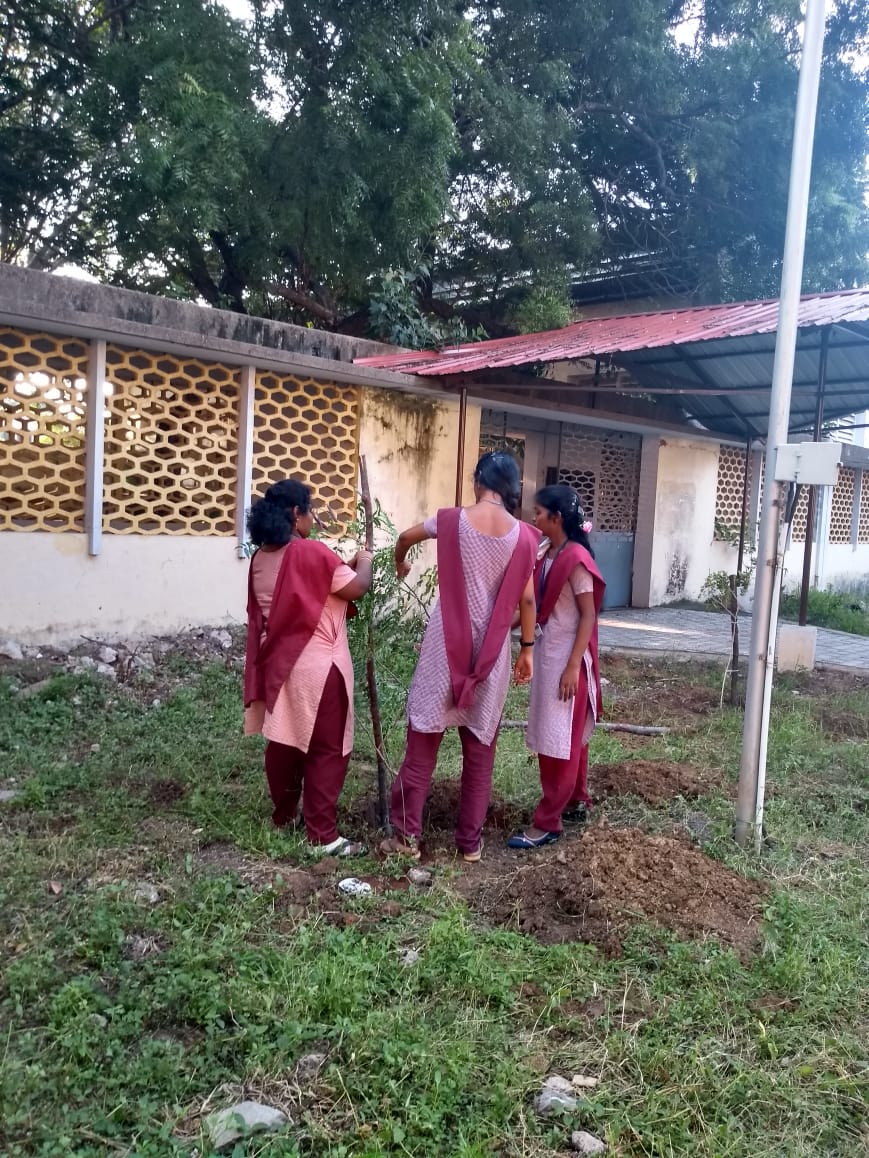
In 2005 Menon started Nizhal. “Our idea was to highlight the importance of preserving and caring for the trees around us and also create an understanding about why it is important to grow more native trees,” she says.
Menon reached out to people like G Dattatri, the first Chief Town Planner of Chennai, and Theodore Baskaran, Chennai’s former Postmaster General, who were deeply interested in trees. Both of them joined the NGO as advisors.
“In fact, it was Mr Dattatri suggested the name Nizhal, which means shade in Tamil, for the NGO,” says the soft-spoken Menon, who is in her late 50s.
With advisers from the fields of agriculture and horticulture on board, Nizhal began its tree walks and planting programmes aimed at educating residents about appropriate tree species and the need to take care of even the mature trees around them.
They decided early on that the NGO would be a volunteer-led initiative because they believed only community participation could ensure the healthy growth of trees in public spaces.
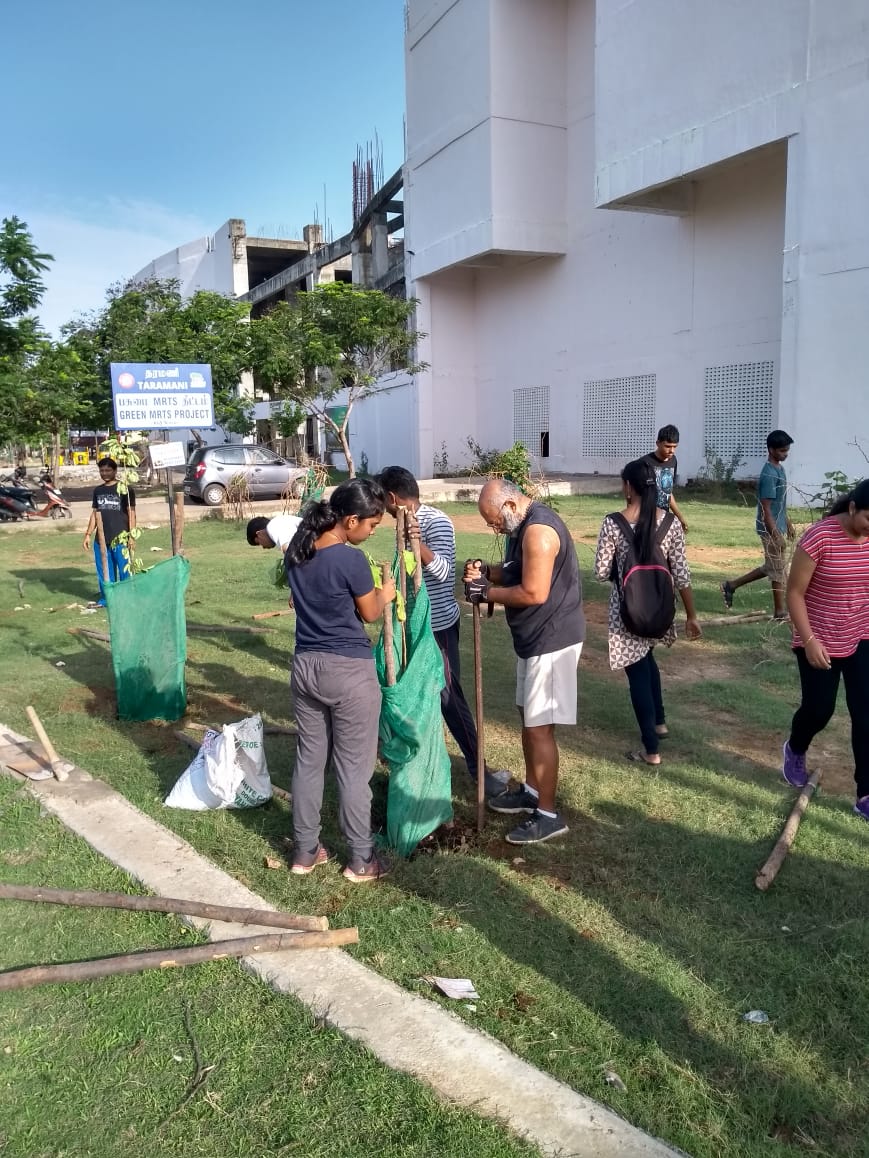
The first tree park
In 2006, the city’s public works department approached Nizhal with a proposal to green 4.5 acres of land on the banks of the Adyar river. This was their first tree park project, initially named the Kotturpuram Tree Park.
The next few years saw Menon and her team of volunteers planting seeds and saplings procured from the Forest Way Trust, a charitable trust dedicated to the restoration of nature, and Auroville, Pondicherry. Both Forest Way and Auroville are the main sources of indigenous varieties, particularly dry evergreen forest species. Nizhal members also procured rare seeds as and when they came across them.
On weekends, a few volunteers would join in to dig pits, plant and care for trees, and on weekdays, an old watchman assisted Menon with watering the saplings. In subsequent years, more residents in the area joined in to help and the community went on to form a society called the Friends of Kotturpuram Tree Park.
It is more like a living laboratory where we have students of zoology coming and studying insects, botany students coming to study trees.
While the saplings grew, the city council laid pathways and built seating spaces in the park.
“This has been a landmark project and so many people across professions, income groups and ages have been involved in the co-creation of this space,” Menon says. “It is still a work in progress, we want it to be a place with a lot of indigenous species that facilitate more relationships with the local fauna and flora.”
As the trees grew, the concept of the place as a park changed.
“It is more like a living laboratory where we have students of zoology coming and studying insects, botany students coming to study trees,” says Nizhal volunteer Latha Nathan, “and calling it a park did not seem apt. So Nizhal decided to change the name from Kotturpuram Tree Park to Kotturpuram Urban Forest.”
The profusion of indigenous trees there has made it an invaluable source for rare seeds and saplings as well as common trees and plants. The urban forest has now become a leading example of public-private-NGO partnership, where the city council helps with things like laying pathways and ensuring water supply, while the community volunteers time to water the plants and care for the saplings.
Urban forests everywhere
For Nizhal, what began as an effort to understand and save existing trees has now expanded to raising urban forests in pockets of land allotted to them in hospitals, metro stations, public spaces and prisons across the state.
One of the places where Nizhal has been active for quite some time is the centuries-old Institute of Mental Health (IMH). In the quadrangle next to the women’s wing of the government-run hospital, purple, yellow and pink flowers lend a cheerful air while in other areas of the premises an organic vegetable garden thrives alongside a grove of trees that includes fruit-bearing ones like the Indian gooseberry, rose apple, banana and other tropical fruits.
“Nizhal has been helping us in all gardening matters for a long time,” says Dr Poorna Chandrika, director of the IMH.
“We allow our patients to help out in the garden as part of occupational therapy and we have seen positive benefits from this. In some instances, we have even been able to reduce the medication of the patients after they started spending time tending to the plants.”
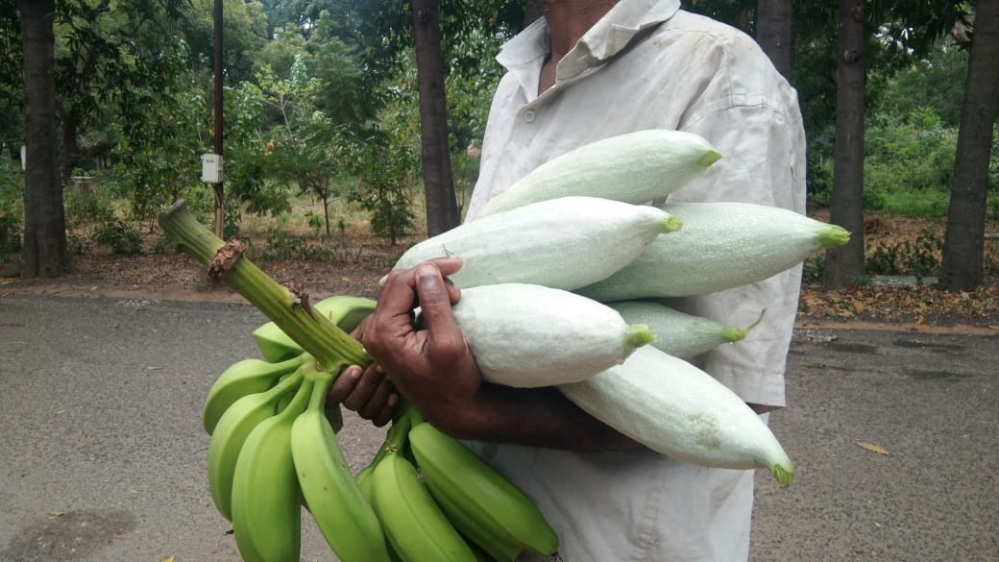
Besides offering expertise in setting up an organic vegetable garden and vermicompost, the NGO provides help in creating and maintaining a vibrant and green atmosphere inside the hospital premises.
Geetanjlee Menon, 49, is a long-time Nizhal volunteer and a green activist who volunteers with several conservation organisations. Her work with Nizhal involves visiting the hospital two or three times a month, providing seeds and gardening tools and offering support to nurture the saplings growing on the premises.
“When some of the patients recognise you and come and speak to you about how they spent time in the garden, or how they helped in watering the plants, there is a sense of fulfilment,” she says.
Nizhal’s Green Prisons Program has been very successful in initiating a thriving, self-sufficient organic vegetable production and alternate livelihood options for prison inmates. The programme introduced in one prison in the city has gradually spread to others in the state.
Transforming lands and minds
Historically, several bodies of water are known to have existed in various locations around Chennai. But as the population grew, encroachments and dumping of waste on lake and river banks not only resulted in the slow death of the once lush water bodies but also created the additional burden of contamination and depletion of the groundwater table.
To prevent groundwater depletion, Chennai’s city council made rainwater harvesting compulsory. Even though this has increased awareness about the need to harvest rainwater, the city still faces water shortages.
For its part, Nizhal has been leading the ecorestoration of the Chitlapakkam lakeside, situated around seven kilometres from the Chennai Airport. The lake which was originally around 80 acres in size, used to be a source of potable water for nearby residents. But as the number of houses increased, the area around the lake became a dumping spot for rubbish. This polluted the water and also led to the lake shrinking by more than 50 percent.

Karthik N, 43, an engineer who volunteers with Nizhal, says that whatever greenery was present around the lake was made up of wild shrubs and invasive trees known to soak up moisture from the soil making the situation worse.
“The concept we are following is instead of beautifying the lake area with token greenery we should plant trees that would help in purifying and retaining water and can also act as effective bio-fencing around the lake,” he says.
Following this blueprint, a core group of volunteers – which includes Karthik, his wife Lakshmi Bargavi, and friends Jeyaram V and Hareesh A – have been planting saplings provided by Nizhal in the one-acre area allotted to them on the eastern side of the lake. They have already planted 200 saplings of about 50 native tree species and are keeping a watch to ensure the survival of the young trees.
Sometimes, despite the best efforts, unforeseen challenges crop up. Like in October 2019, when authorities felled about 100 trees along the riverside in the Kotturpuram Urban Forest as part of “official river restoration efforts”. This was later described as an inadvertent mistake.
“It was heartrending to see the laborious work of over a decade to bring up those rare tree species from its sapling stage go waste,” says Shobha Menon, her voice carrying the anguish of the unforeseen loss. She adds that efforts are currently on by Nizhal to restore the green cover.
“However, it is so heartening that even during the lockdown, there have been instances of volunteers in different neighbourhoods checking on the saplings under their care, whether teachers, software engineers or medical professionals. Queries like ‘Sapling number 24 has a white infection, what should I do about it?’ are common,” she adds.
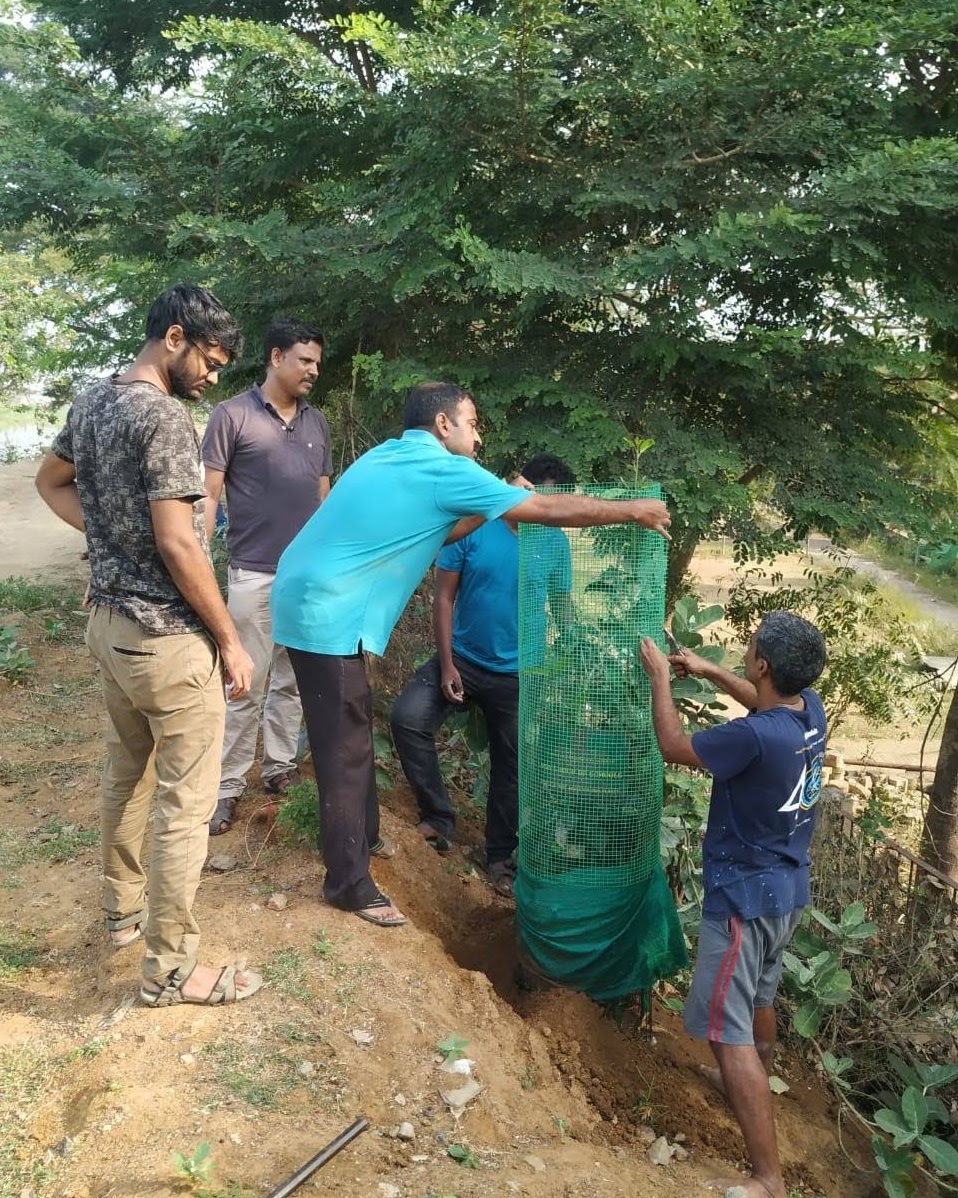
Nizhal’s concept has always been to connect communities with trees, to encourage the residents to take responsibility for looking after the public spaces around them.
“By greening the space we aim to bring about a transformation, not only of the land but the minds also,” said Nizhal Trustee, Dr Thirupanangadu Diwakar Babu.
“Our principle is to green spaces sensitively and give support to people to sustain the trees in their neighbourhood,” Menon says.
“It might be challenging, but that is our endeavour.”